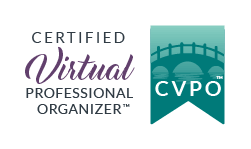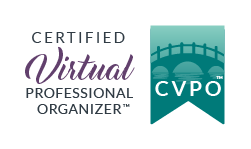We remember to pack sheets, electronics, and posters for the wall when kids go to college but what about medicine? Yes, there’s usually a medical center on campus but my guest blogger, Professional Organizer Heather Ahern of The FUNctional Home believes that preparing college students for minor medical issues is equally as important as preparing them for academics (I agree!).
Think beyond ibuprofen and Band-Aids when creating this kit for a dorm room. On campus the Health Services are often not available 24 hours a day and some things can be handled easily if the right supplies are on hand. Students need more than the typical pre-packed first aid kit that contains only one or two doses of medications and a few bandages. Also when stocking your own first aid kit, you can ensure the medications are your preferred brands and have a longer shelf life by checking the expiration dates.
A typical first aid kit should include the basic tools and equipment needed for cuts, bumps and bruises:
• Adhesive bandages in all shapes and sizes
• antiseptic wipe packets
• antibiotic ointment
• sterile gauze pads
• adhesive tape
• hydrocortisone ointment
• scissors
• eye wash
• instant cold compresses
• hot packs
• elastic (Ace) bandage
• thermometer
• tweezers
This kit will also be an extension of your medicine cabinet at home so it needs to include:
• Acetaminophen for aches and pains,
• Ibuprofen for pain caused by inflammation and swelling
• laxatives
• anti-diarrhea pills
• antacids in case of indigestion
• Benadryl for allergic reactions
• seasonal allergy medicine
• some basic medications for cold and flu season.
• Athlete’s foot medicine may come in handy as well.
Before my son left for his freshman year at college we took an unhurried trip to the drugstore. We walked up and down each isle collecting what he needed, discussing why he may need it, with an explanation on how to use it. Being in a new situation, having an altered schedule and eating different foods can bring on a variety of issues in the first few months that many students may have never dealt with before. Take some time to clarify why you included Imodium or Dulcolax for example and the difference between them. You may want to cover when the “kit” is appropriate and in what circumstances the Campus Health Services would be a better choice.
Remove some items like bandages from their original boxes and use plastic zip-top storage bags to save space. Be sure to include a copy of their insurance card, the campus health center’s phone number, the phone number for your child’s physician and a list of any known allergies to medication.
Remember all first aid kits need to be restocked occasionally. Check expiration dates and replace any used or out-of-date contents each year before heading back to school. This is a good time to do an inventory of your own supplies at home too.
 Heather Ahern is a Professional Organizer living in Bridgewater MA
Heather Ahern is a Professional Organizer living in Bridgewater MA
helping families and seniors “Make Sense of their Stuff and Create
Peace in their Home”.
For more information, tips and inspiration
visit TheFUNctionalHome.com or follow Heather on Facebook at https://www.facebook.com/TheFUNctionalHome.








 Contact Stacey to Get Started!
Contact Stacey to Get Started!





